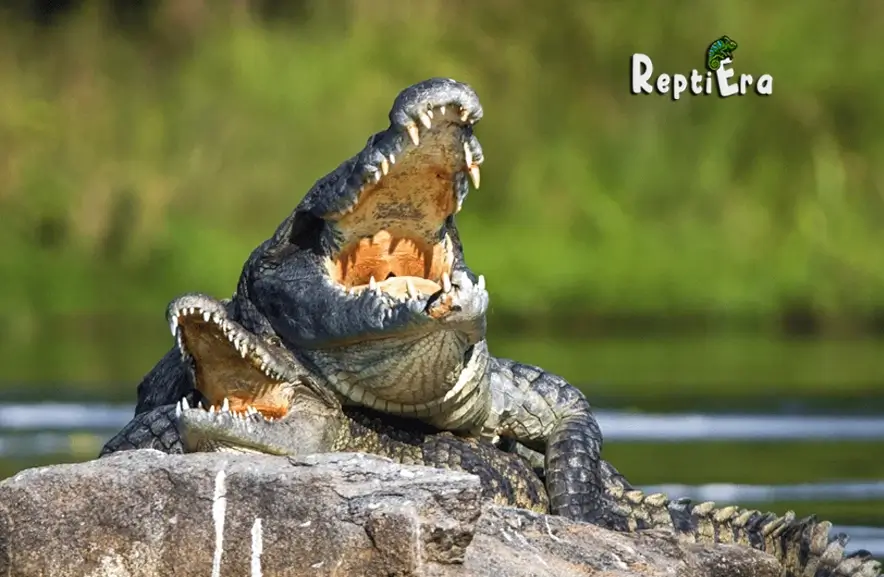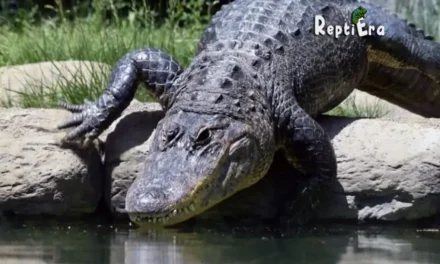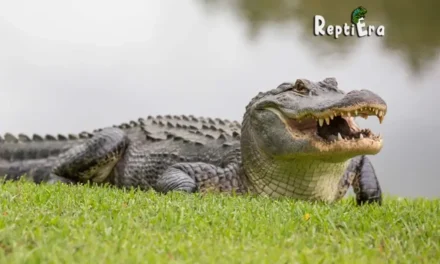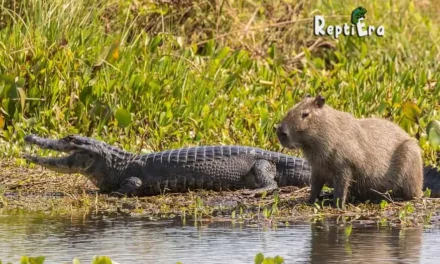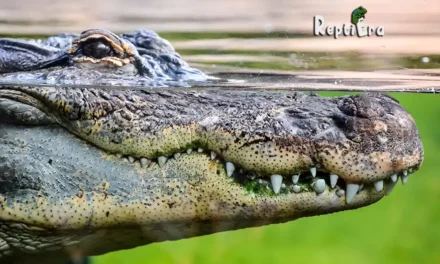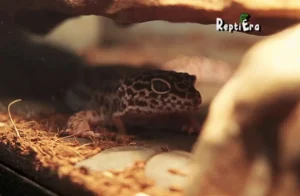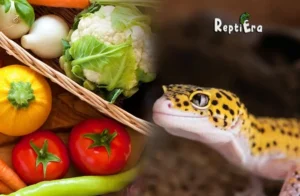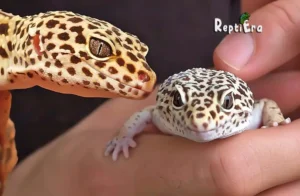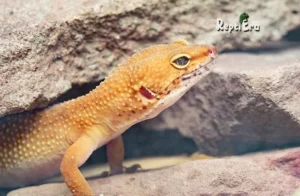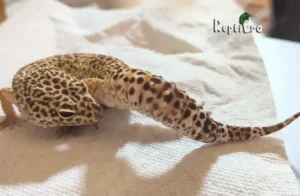In Florida, alligators are known as historic predators, often basking in the hot sun of marshes, swamps, rivers, and lakes. These formidable creatures can reach typical lengths of 13 feet and weights of 800 pounds, with females generally smaller than males. The biggest alligator ever captured in the Everglades National Park measured an impressive 17 feet, 5 inches.
Do Alligators Eat Each Other?
- Alligators, known for their adaptive feeding habits, may sometimes consume another alligator if they are particularly famished.
- Florida ranks as the state with the second-highest alligator population, trailing only behind Louisiana.
- Ever since Florida started recording data on alligator bites in 1948, there have been, on average, just three significant human attacks annually.
Their diet includes a variety of animals, such as fish, birds, turtles, and different reptiles. When it comes to larger prey like deer, bears, and razorbacks, the gator usually drowns its prey, violently whirling it in the water if it’s too big to eat in one bite, a method known as a death roll. The prey is then stored away for a few days to allow decomposition for easier consumption.
Despite being notoriously ferocious, alligators are only members of a small group of creatures that engage in cannibalism, a behaviour seen when an animal consumes another creature of its own species. However, they don’t get huge by merely snacking on guppies all day.
Table of Contents
Do alligators eat each other?
In the complex world of alligators, where being an apex predator is a matter of survival, the act of eating each other is not as pointless as it might seem. Though it appears cruel, this cannibalism is a critical aspect of their life. These animals, known for their infamously vicious nature, are not just indiscriminate predators; they partake in such behaviours for a variety of reasons.
Often, it’s a strategic move for territorial dominance or an inevitable outcome in the struggle for resources. In the world of alligators, where the group dynamics are as fierce as the animals themselves, being vicious can often mean the difference between life and death.
It’s intriguing to observe how members of the same species engage in such a drastic act, especially considering the many benefits it offers in terms of population control and genetic strength. As someone deeply fascinated by these creatures, understanding this aspect of their behaviour offers a unique insight into the harsh realities of nature.
Related Post: Do ALLIGATORS EAT CAPYBARAS?
Why do alligators eat one another?
In the animal kingdom’s hour of need, especially among alligators, cannibalism is a strategy for survival. Biologists have widely reported and developed theories to explain this behaviour. It is common to see adult alligators eat each other to prevent food shortages or compete for mates.
During the mating season, typically around May and June, American male alligators become peckish for their kind. This is their way of removing potential candidates that female alligators may prefer. It’s a competition for survival, where the mature gators often become victims of this cannibalism, a harsh reality where they pull the short end of the straw.
Intriguingly, mothers care for their babies but in dire situations, when there isn’t enough water or food, they may resort to eating their offspring. This lack of compassion stems from multiple paternity; females lay a clutch of eggs, fertilised by different males, making it a struggle to discern their own young.
Note: The defenceless, with their softer, fragile bodies, become easier and more desirable prey for the adults. This cannibalistic act shows an innovative use of their remarkably powerful jaws, often seen when mothers put their young in their mouths not just as a snack, but also to carry them to safe waters. These accounts of gator mums carrying their young across bodies of water highlight their intelligent yet complex nature.
A Tasty Meal
A shocking video showcasing a giant alligator consuming a smaller gator as a meal provides a fascinating yet disturbing glimpse into their world. It’s uncommon to see a larger alligator eat a smaller one, but when adult males in a created region experience the presence of inferior ones during the mating season, they might battle, and the victor consumes the loser.
This twisted animal version of The Hunger Games is surprisingly not the norm, as only about 6% to 7% of alligators succumb to cannibalism. The gator in the video is seen walking around with its prey hanging from its mouth, highlighting the size difference.
Typically, alligators hunt at night, and when they catch large prey, they drag it underwater, drown it, and then eat it. The American alligator’s glottis, a throat adaption, allows it to catch prey fully immersed in water. As a distinctive feature of Florida, it’s important to cultivate an appreciation for these imposing creatures. While they may seem frightening, alligators are actually quite frightened of people and rarely attack.
Most attacks occur when humans interact with them in an unnatural way, such as feeding, or when they disturb their territory or endanger their young.
Is it common for alligators to eat each other?
In the wild, where alligators reign as apex predators, their solitary nature limits interaction with each other, except during the mating season.
During this time, mamma gators fiercely protect their nests, wary of bull gators and others hanging around. While alligators are known to eat whatever they can catch, including fish, birds, small mammals, and their favourite food, turtles, they do not often take other alligators as prey. However, in certain scenarios, particularly when a larger alligator encounters an unwary juvenile one, cannibalism can occur.
On average, these predators are opportunistic, and their jaws are well-equipped to make short work of even a turtle’s shell. This behaviour underscores their adaptability in various environments, where survival often means being the most formidable force in their habitat.
Will crocodiles and alligators live together without trying to eat each other?
In the unique ecosystem of the Everglades in Florida, the southeastern USA, a rare coexistence occurs on Earth. Here, crocodiles and alligators not only live together but congregate harmoniously. This place, one of the few in North America that’s both hot and humid enough, plays host to a huge amount of reptiles.
It is home to an estimated 1.5 million American alligators (Alligator mississippiensis) and over 1,000 American crocodiles (Crocodylus acutus). Contrary to what one might expect from such formidable predators, these gators and crocs rarely compete for food or territory, thus avoiding conflicts. This surprise comes down to habitat partitioning and separate distributions.
The alligators’ range can extend as far north as Virginia, while crocodiles, with their zero tolerance for cold, have their ranges limited to Florida and the tropics of Central America further south.
However, when these carnivores do clash, the encounters can be brutal. Fights with devastating outcomes can arise from heavy competition due to dietary overlap. Often, crocodiles are bigger, stronger, and more aggressive than their alligator neighbours.
There has been one confirmed case of a crocodile killing and eating a sub-adult alligator in the wild. Nonetheless, the odds can sometimes be in the alligator’s favour, especially if it is a larger and much stronger individual. These scenarios, though rare, remind us of the fierce and unpredictable nature of these ancient creatures.
Also Read: DO ALLIGATORS GO IN SALTWATER
Do crocodiles and alligators eat their babies?
When considering whether alligators and crocodiles eat their babies, it’s a bit complex. While we don’t know for certain about alligators, it is evident that crocodiles, especially the ferocious saltwater crocodile, certainly do not.
Many wildlife documentaries have showcased these crocodiles waiting by their nest as the eggs hatch, then gently taking the hatchlings in their mouth and carrying them to water where they will live the next part of their existence. These mothers protect their young from other predators for some time after hatching.
However, the threat can include other crocodiles, meaning, in other words, while they don’t eat their own babies, they might eat the babies of other crocodiles.
Do mother alligators eat their babies?
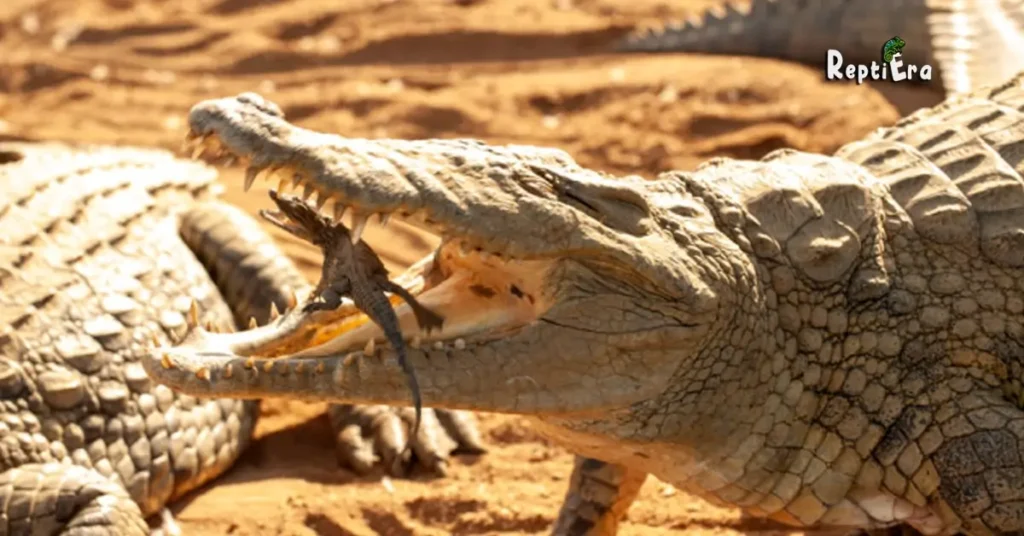
Generally speaking, Mama alligators are not inclined to cannibalize their own babies. They are known to defend their nests and babies quite fiercely. In the alligator world, it’s more prone for males to engage in eating the younger ones, particularly if they are injured, ill, or dying.
A mother alligator would probably only eat her offspring if she senses there is no chance for them to survive, a situation that, while uncommon, is not unheard of in many species.
How common is cannibalism?
Cannibalism in the animal kingdom is more surprisingly high than one might expect. Various animals, not just alligators, resort to consuming their own kind under certain circumstances. For instance, female insects like praying mantises and black widow spiders often consume their mate post-reproducing, a behaviour that helps feed their newly developing babies.
This practice isn’t limited to creepy crawlies; it extends to aquatic life as well. Shark embryos and shrimp engage in cannibalistic acts to aid their development. Shrimp, for instance, consume the shells of their counterparts to gain the nutrients necessary to strengthen their own. Even among land mammals, like great apes and hippos (known herbivores that typically feed on vegetation), there are reports of cannibalistic behaviour.
In dire conditions, such as droughts or when food is scarce, animals like hedgehogs and alligators might resort to this as a survival instinct, prioritising their life to produce more offspring in the future.
Where Do Alligators Live?
Alligators primarily thrive in freshwater environments, making their homes in swamps, marshes, and wetlands predominantly located in the southeastern United States. States like Florida, Georgia, Alabama, Mississippi, Louisiana, Texas, North Carolina, and South Carolina are well-known for their alligator populations.
The American alligator in particular, can also be found in the wetlands along the Rio Grande, and in some parts of Oklahoma, Arkansas, and even southeast Kansas. Their habitat is diverse, ranging from cypress and riverine swamps to mangrove areas, adapting to various wetland environments across their range.
FAQs
Will crocodiles eat each other?
Cannibalism among crocodiles is a phenomenon widely reported and often occurs as a response to a limited food supply or as a display of dominance. This behaviour serves as a warning that in the world of these magnificent and ancient creatures, not even fellow crocs are always safe.
Do crocodiles fight each other?
Yes, Nile crocodiles do attack each other, especially during territorial disputes or the breeding season. Being one of the few crocodile species known to be highly aggressive, they regularly kill each other as part of their natural behaviour.
Are crocodiles bigger than alligators?
Between the two, the American alligator is smaller, typically growing to a length of six to 12 feet, with some recorded at up to 19 feet. In contrast, the crocodile stands as one of the largest reptiles today, capable of growing up to 20 feet long.
What is the world’s largest crocodile?
The Saltwater Crocodile (Crocodylus porosus), typically measuring around 17 feet (5.2 meters), can reach lengths of 23 feet (7 meters). Also known as the estuarine crocodile, this species proudly holds the title of the world’s largest crocodile.
Which country has the most crocodiles?
Brazil boasts a diversity of crocodilians, including loads of Spectacled Caiman and Black Caiman, along with 4 other species. Meanwhile, Central Africa is renowned for having the largest population of Nile crocodiles, and the Southeast Asian island of Borneo is noted for its large population of estuarine crocodiles.
Conclusion
In conclusion, the study of alligators and crocodiles reveals a complex and fascinating world where cannibalism and territorial aggression are part of survival. While alligators, particularly the American variety, are smaller compared to their crocodile counterparts, they exhibit similar predatory behaviours. The Nile and Saltwater crocodiles, known for their size and aggression, often engage in cannibalistic practices, especially during breeding seasons and in situations of food scarcity.
Countries like Brazil and Central Africa, along with regions like Southeast Asian islands, harbour the largest populations of these reptiles, showcasing the diverse habitats they thrive in. This exploration into their world not only highlights the predatory dynamics of these ancient creatures but also underscores the importance of understanding their behaviour in the context of their natural environment.

